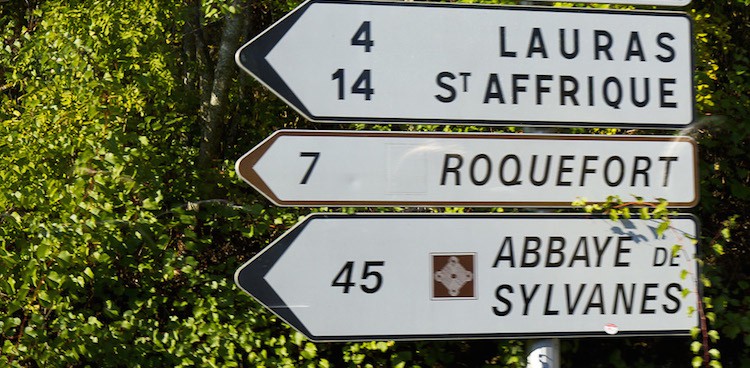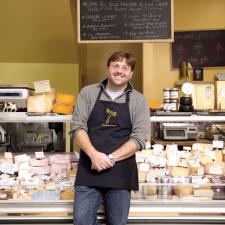
So you can appreciate the value of such labels, let me put AOC in context. As a child, I often heard my parents order “Roquefort” dressing on their salads at their favorite restaurant. While I knew then that Roquefort was a blue cheese, I had no idea it was a specific AOC-protected blue cheese made exclusively from raw sheep’s milk and aged in the caves of Roquefort-sur-Soulzon in southern France. By the AOC rules, if cheesemakers in northern France want to make Roquefort, they have to move to Roquefort country; otherwise, they must give their blue cheese another name. And therein lies the purpose of AOC—to protect the identity of a long-established artisan food product. In so doing, the AOC rules support the livelihood of the cheesemaker, the farmer, and their community, all of whom have built a reputation over generations of making a particular food.
Without the AOC protection granted to Roquefort in 1925, we might think it was perfectly appropriate for this cheese to be reproduced with pasteurized cow’s milk in an industrial park in, say, New Jersey. Moreover, because of Roquefort’s stringent AOC laws, there remain today only seven producers of Roquefort, thus ensuring that this great cheese is local, traditional, and true to form. As cheese shoppers, we can be confident that these labels help guarantee consistency and quality in the cheese we choose. Valençay, for example, is another AOC cheese that has three essential definitions: it is made from goat’s milk, used raw, with production in a specific province in central France. If you change any of these basic controls (for example, changing the milk from goat’s to sheep’s), the cheese won’t be true, authentic Valençay. An AOC label, then, is a seal of approval you can count on.
Feature Photo Credit: Cheese Underground





One thought on “What’s the Definition of AOC?”